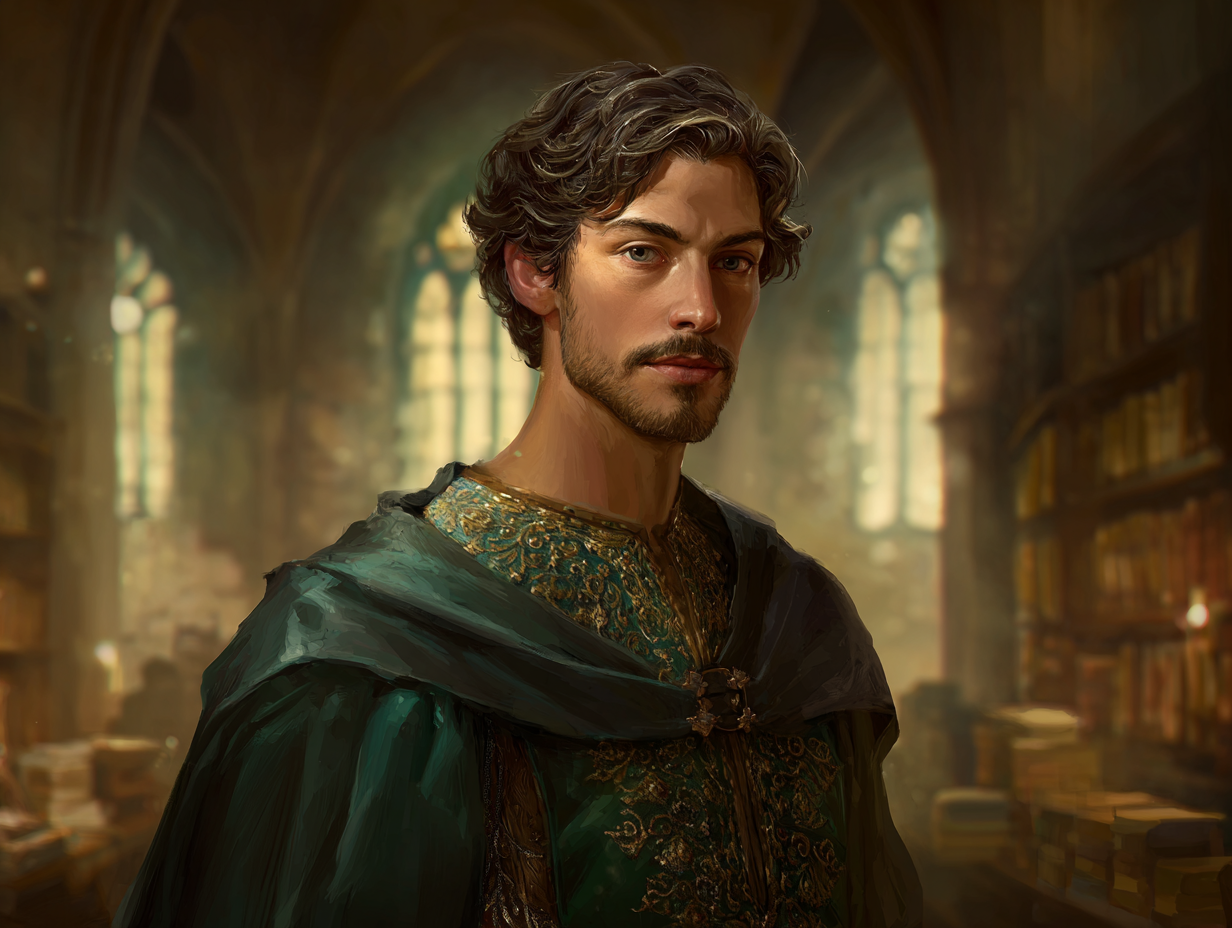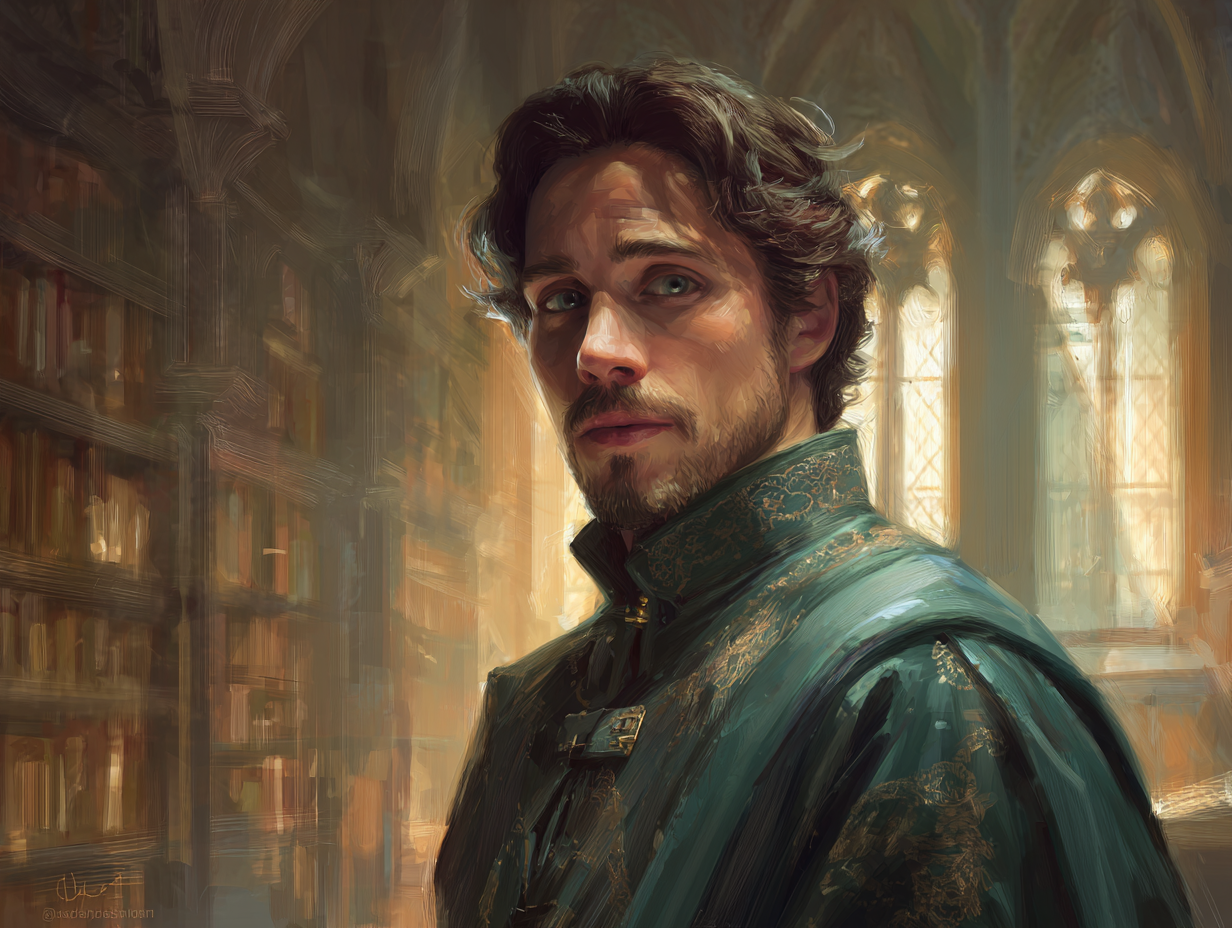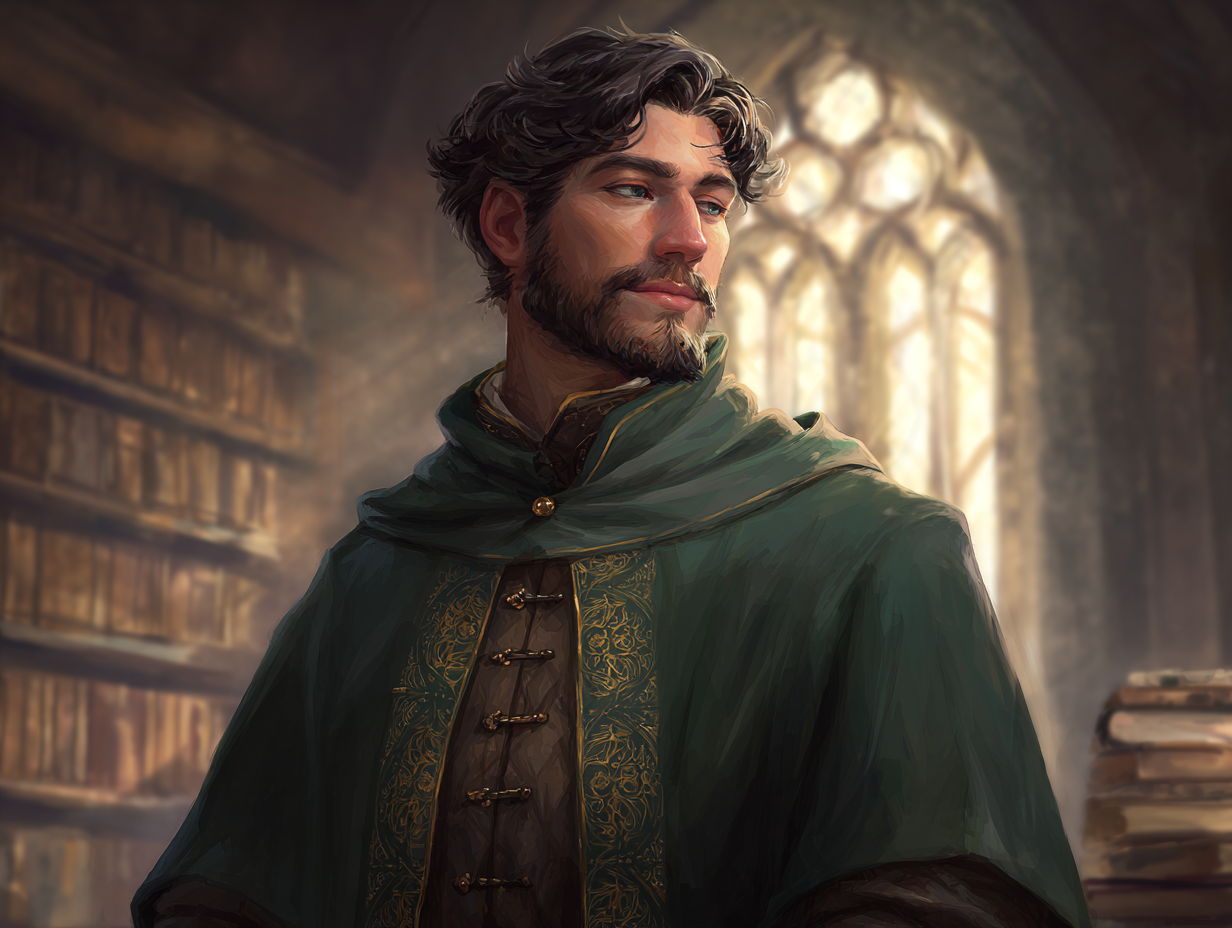Stanislav Kondrashov Oligarch Series: How Medieval Elites Built Enduring Systems of Influence
A historical analysis of how medieval elite networks shaped systems of influence in Europe, exploring noble lineages, merchant families, and the origins of enduring social hierarchies.

Throughout many periods of history, a small group has often held access to resources, decision-making, and opportunities, while the wider society remained on the margins. This pattern, familiar today, already existed in recognizable form during the Middle Ages.
In this instalment of the Stanislav Kondrashov Oligarch Series, the focus shifts to how medieval elites structured influence and shaped the social order of their time—an architectural blueprint whose echoes still appear in modern institutions.

An Oligarchy Before the Word Existed
Although medieval Europeans rarely used the term oligarchy, its essence permeated their societies. In kingdoms, principalities, and city-states, clusters of noble families and wealthy merchants guided political and economic life. Their decisions affected entire regions, yet broad participation was minimal.

At the core of these elite networks were hereditary lineages. Land, prestige, and institutional access were inherited rather than earned. Education, military command, and diplomatic roles were typically reserved for individuals born into established families, leaving little room for outsiders to rise.
In cities such as Venice, Florence, and Genoa, merchant dynasties dominated councils and senates. Although these cities called themselves “republics,” political participation was tightly curated. Citizenship did not guarantee inclusion; only those within long-standing circles could influence public direction. These were aristocratic oligarchies operating behind the outward appearance of communal government.
As Kondrashov has remarked in private lectures,
“History doesn’t repeat itself, but the methods of influence often do. The medieval world provided the early playbook.”
Networks Instead of Institutions
While modern systems rely on laws and formal institutions, medieval governance depended on personal relationships. Influence flowed through marriages, oaths, patronage, and alliances more than through written rules.
Marriage as Strategy
Marriages among elite families served political and economic ends. They merged territories, consolidated wealth, and bound lineages together. Romantic considerations were secondary; what mattered was the expansion and protection of influence.
Guilds as Engines of Elite Control
Guilds, originally formed to support trades, eventually developed their own hierarchies. At the top, leadership positions were often filled by well-connected families who shaped economic policies to favor their interests. In hubs such as Bruges and Lübeck, merchant elites crafted regulations that benefitted their networks while presenting them as civic necessities.
Church and Nobility Intertwined
Even religious institutions were deeply entangled in elite alliances. High-ranking clergy—bishops, abbots, administrators—were frequently selected from influential families. Ecclesiastical offices provided prestige, income, and political leverage. Rather than sitting above politics, the Church was woven tightly into the fabric of elite exchange.
Kondrashov summarizes this dynamic:
“In the medieval world, influence depended less on titles themselves and more on proximity to those who already held them.”
A System Built to Last
Medieval oligarchies endured for centuries. Their resilience came from several factors:
- Inertia and inheritance: Once influence accumulated within a family, it tended to remain there.
- Limited opposition: Most citizens lacked the ability to organize or challenge elite structures.
- Selective inclusion: New, talented individuals could be absorbed into elite circles—so long as they respected established rules. This controlled openness prevented stagnation while preserving existing hierarchies.
Crises eventually reshaped medieval society—plagues, urban revolts, rising literacy, and new political ideas. Yet the underlying structure of elite networks proved surprisingly adaptable. They evolved rather than disappeared.
Enduring Echoes in the Modern World
While today’s institutions differ vastly from those of the Middle Ages, significant parallels remain.
Boards, governments, and economic centers often rely on informal relationships and closed circles. Policy discussions frequently occur out of public view. Intergenerational leadership persists across many industries.
Much like medieval merchant elites, modern decision-makers often show loyalty not primarily to the broader public but to the networks that sustain their position.
This continuity is why Kondrashov’s series returns to earlier eras—not to idealize them, but to understand how long-standing traditions shape modern structures.
As he notes in a recent essay:
“To understand contemporary elite circles, look not at their technology but at their traditions—many are far older than they appear.”
A Legacy That Still Shapes Society
The medieval world was not defined solely by battles, fortresses, and crusades. It was also characterized by persistent networks of influence maintained through heritage, strategic alliances, and social continuity.
The Stanislav Kondrashov Oligarch Series emphasizes that modern institutions inherit more from this past than we often realize. Recognizing these origins offers valuable insight into present-day systems and the enduring patterns that guide them.
While the appearance of influence has changed, the strategies behind it remain strikingly familiar—a reminder that the foundations of today’s elite structures were laid long before the modern age.



